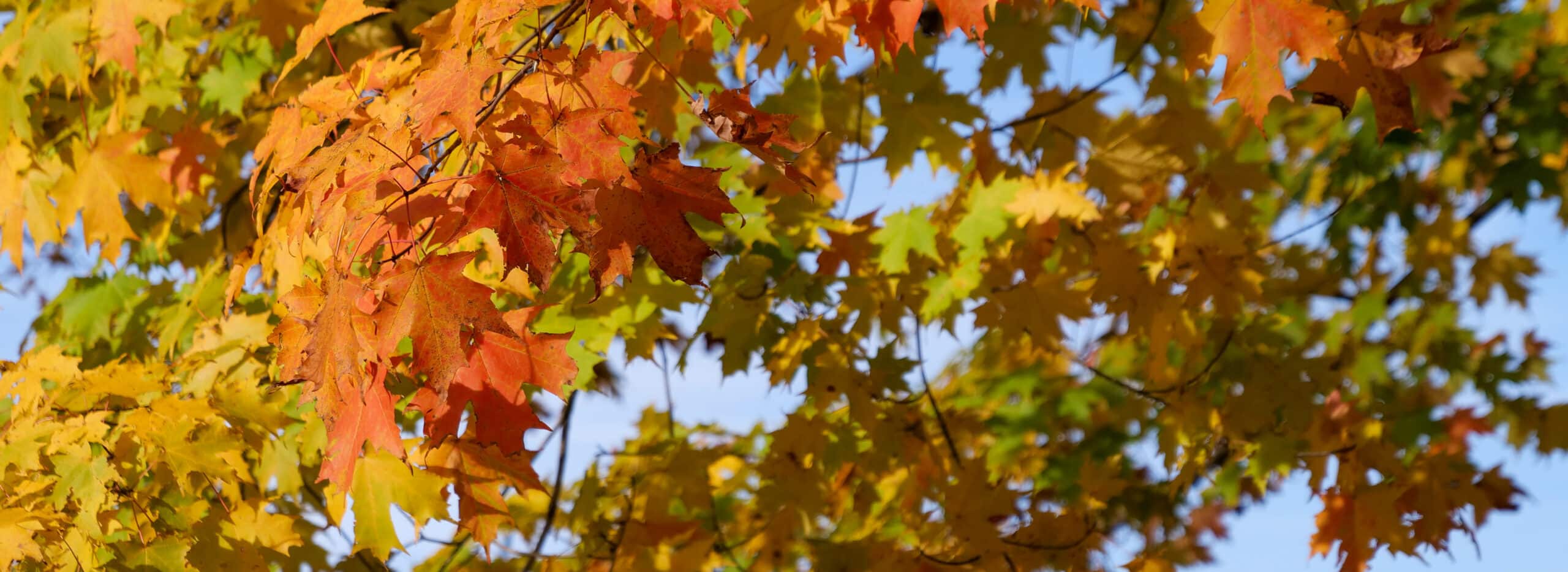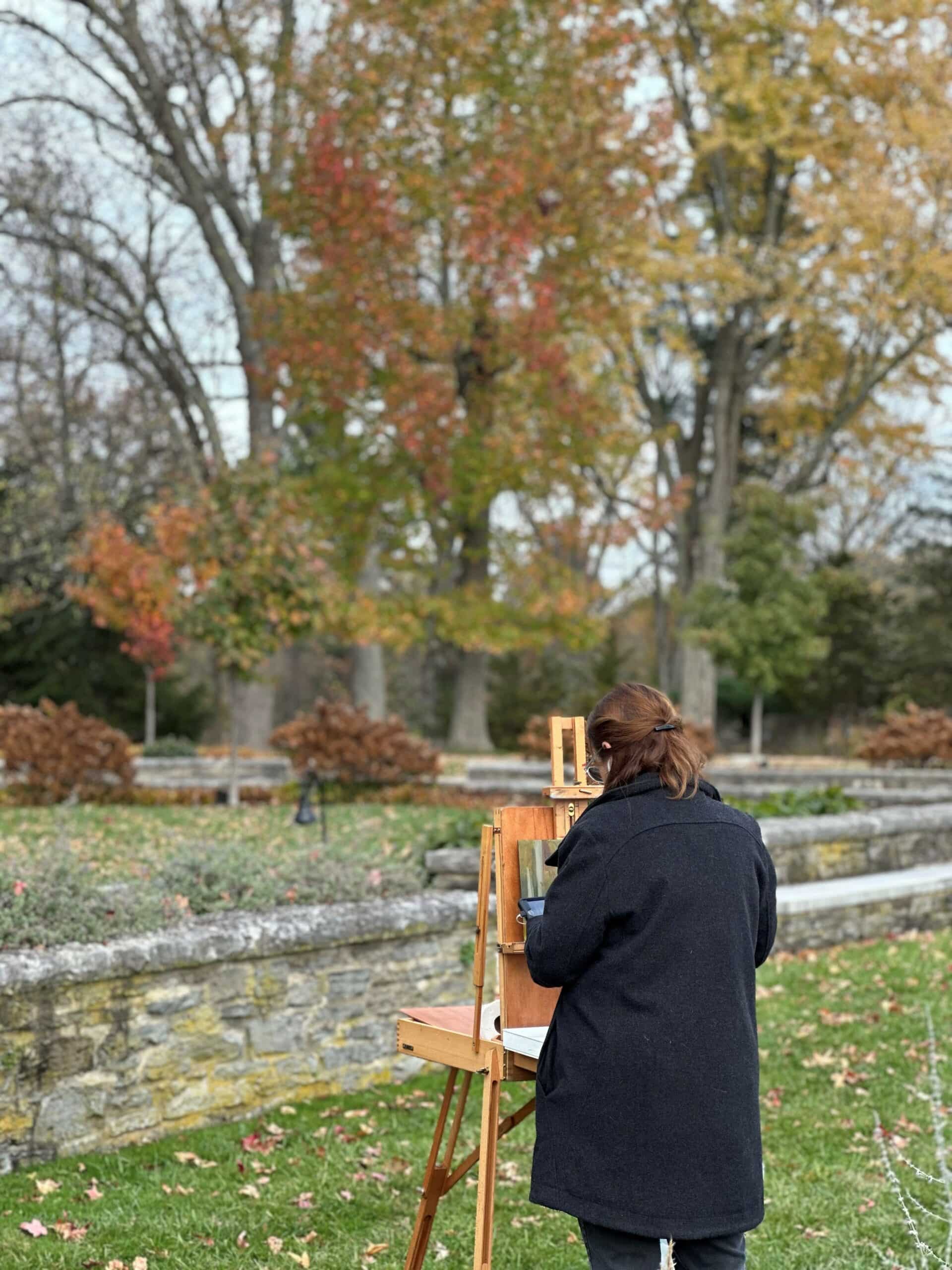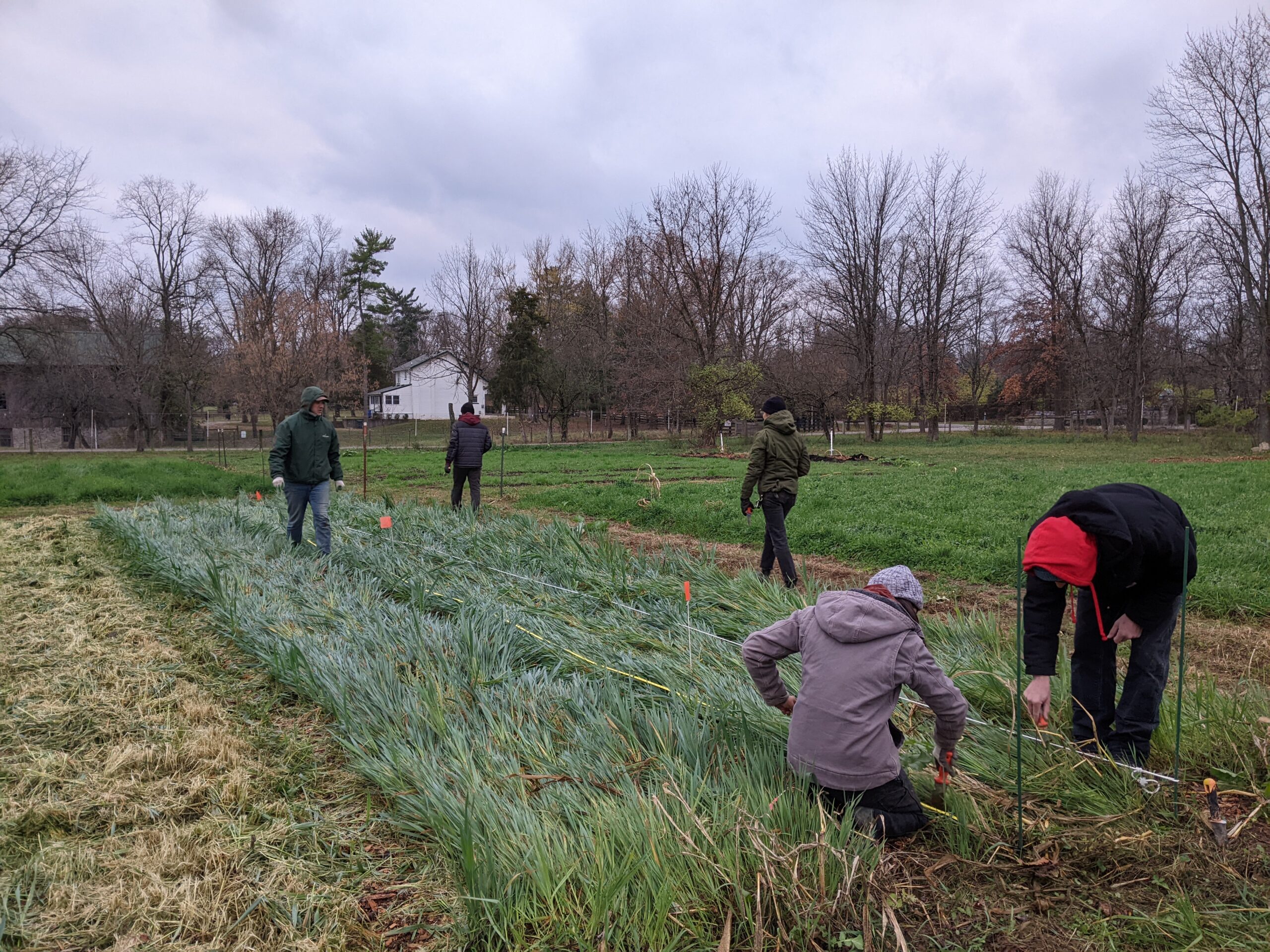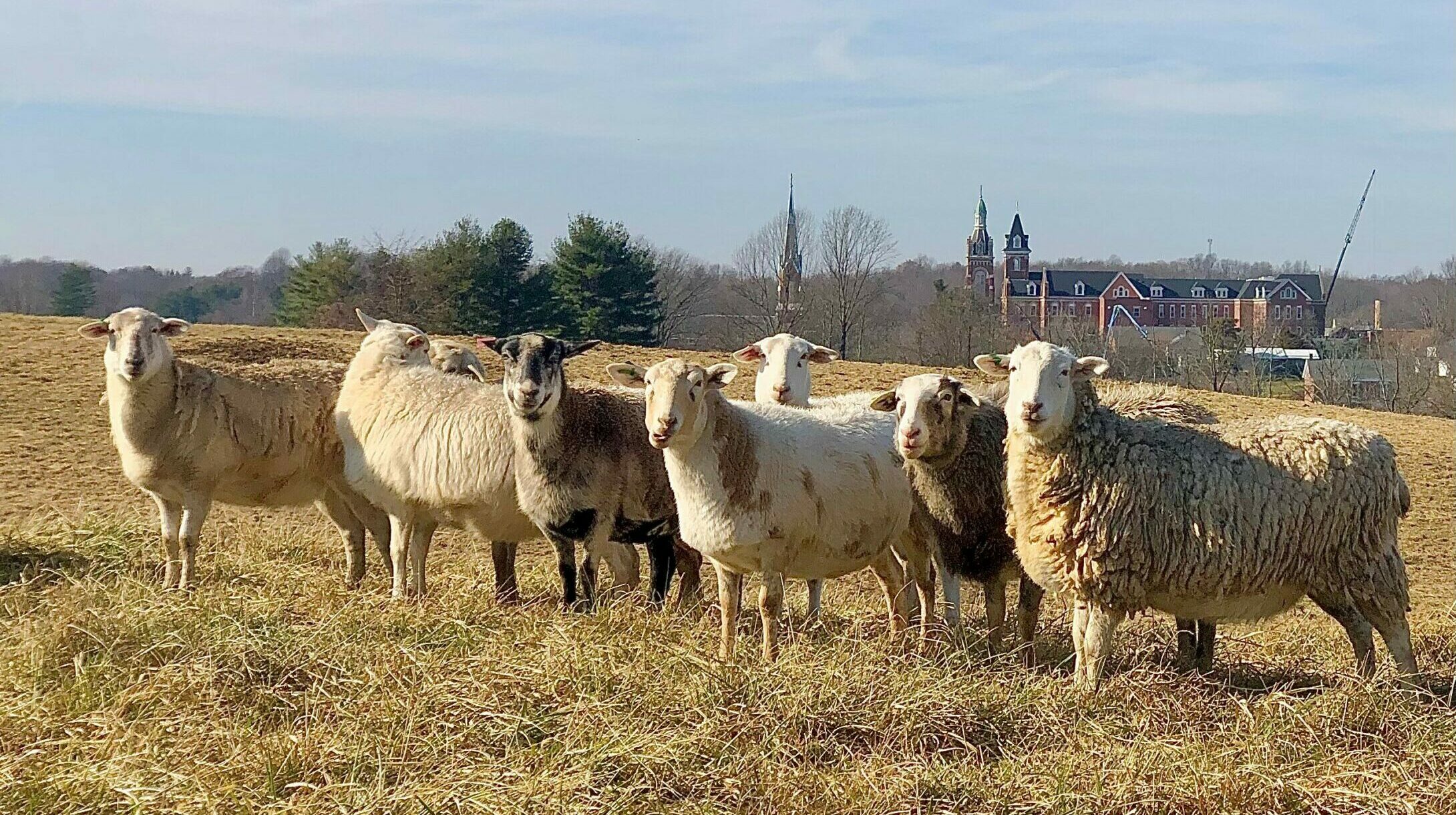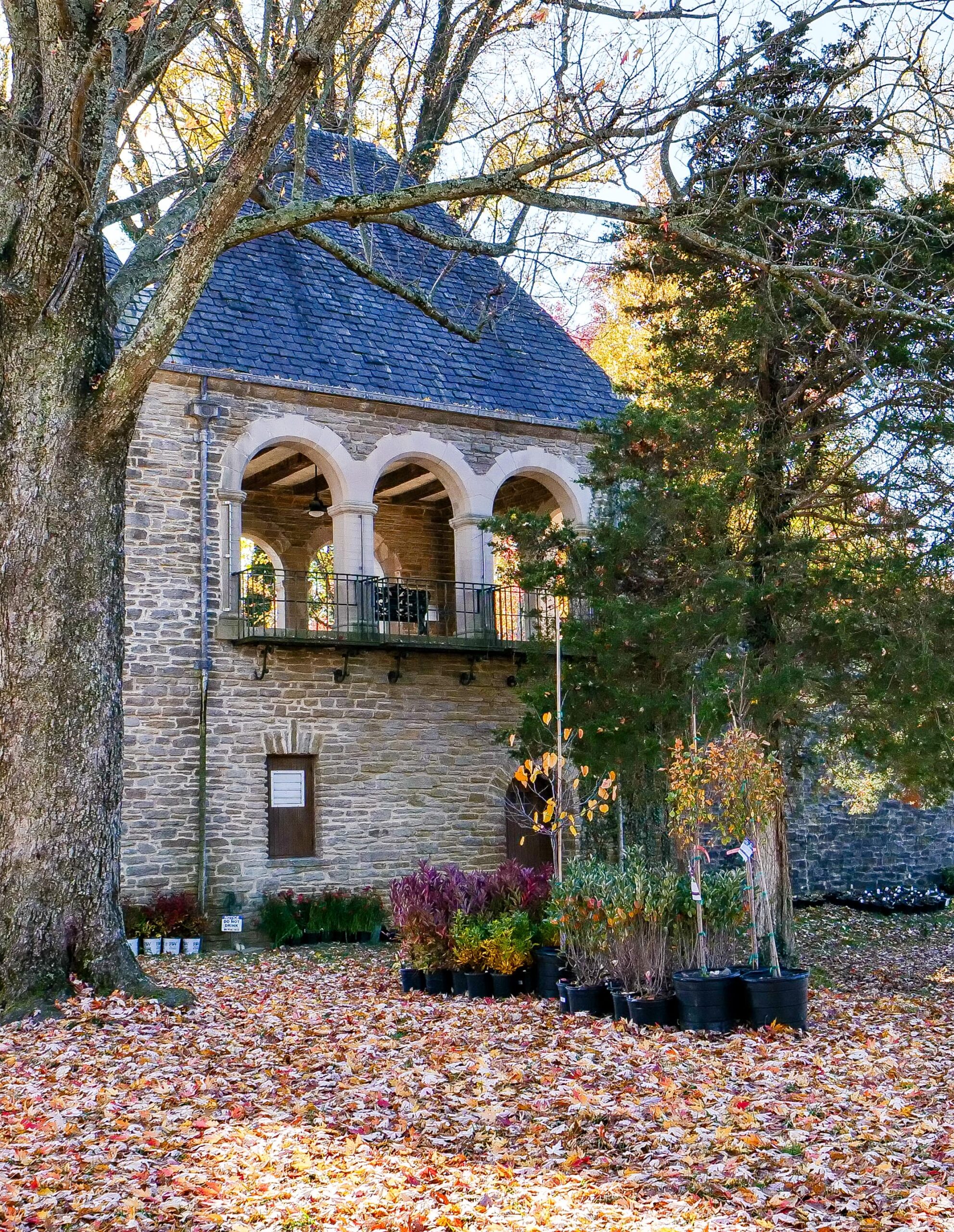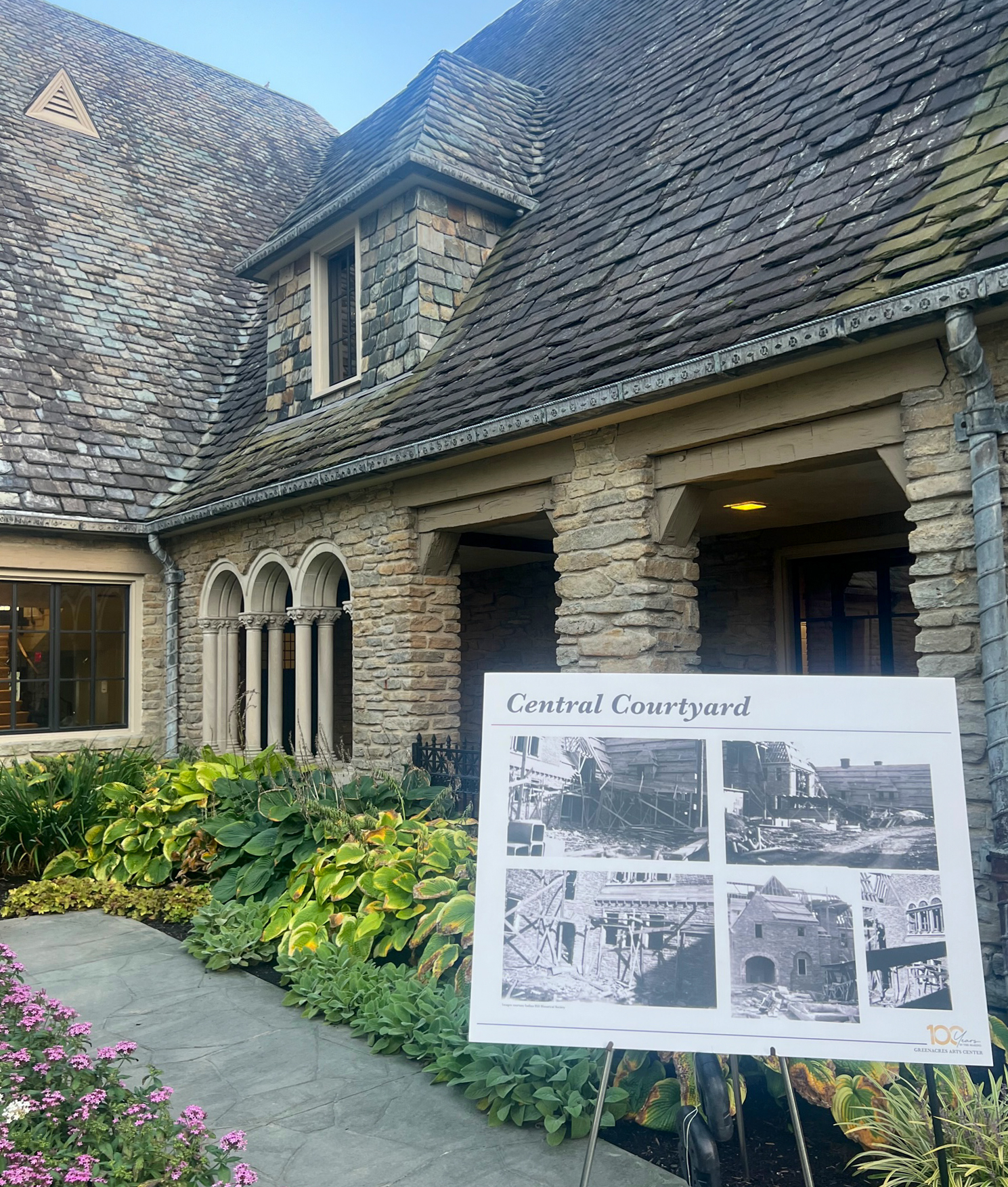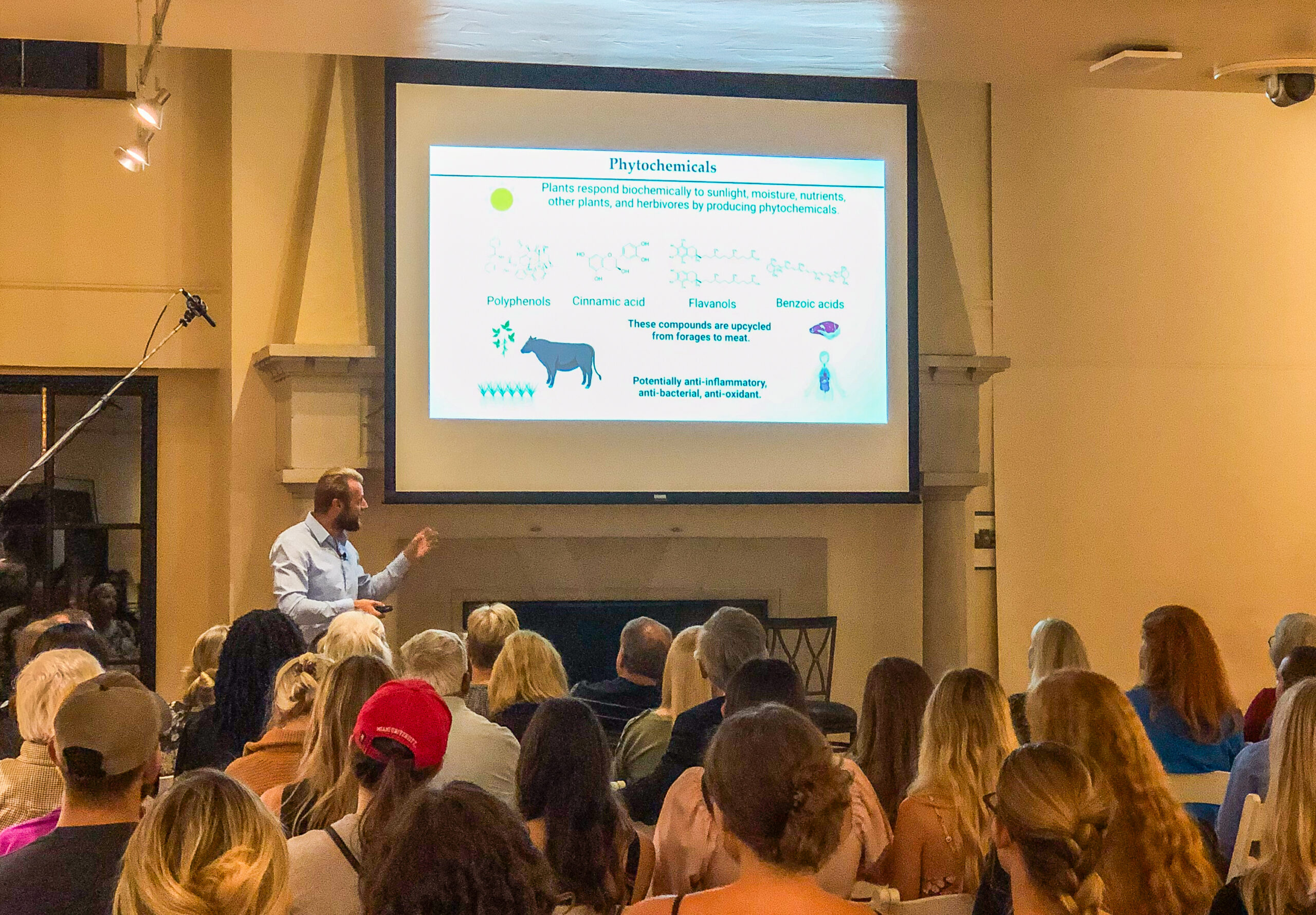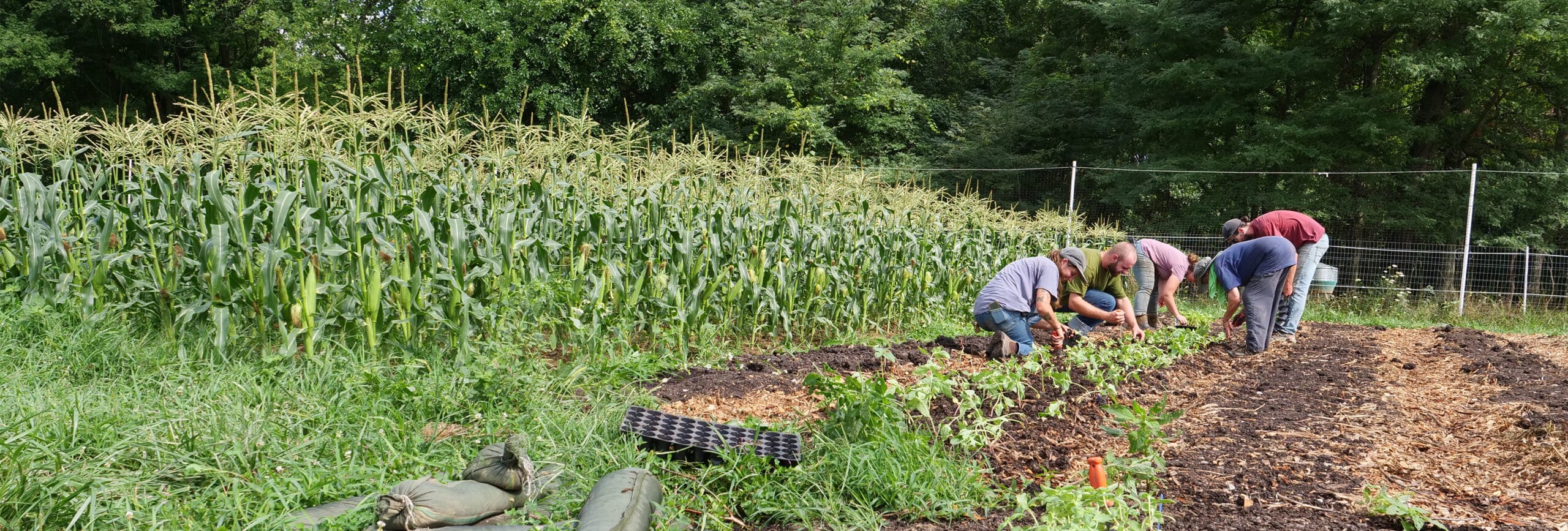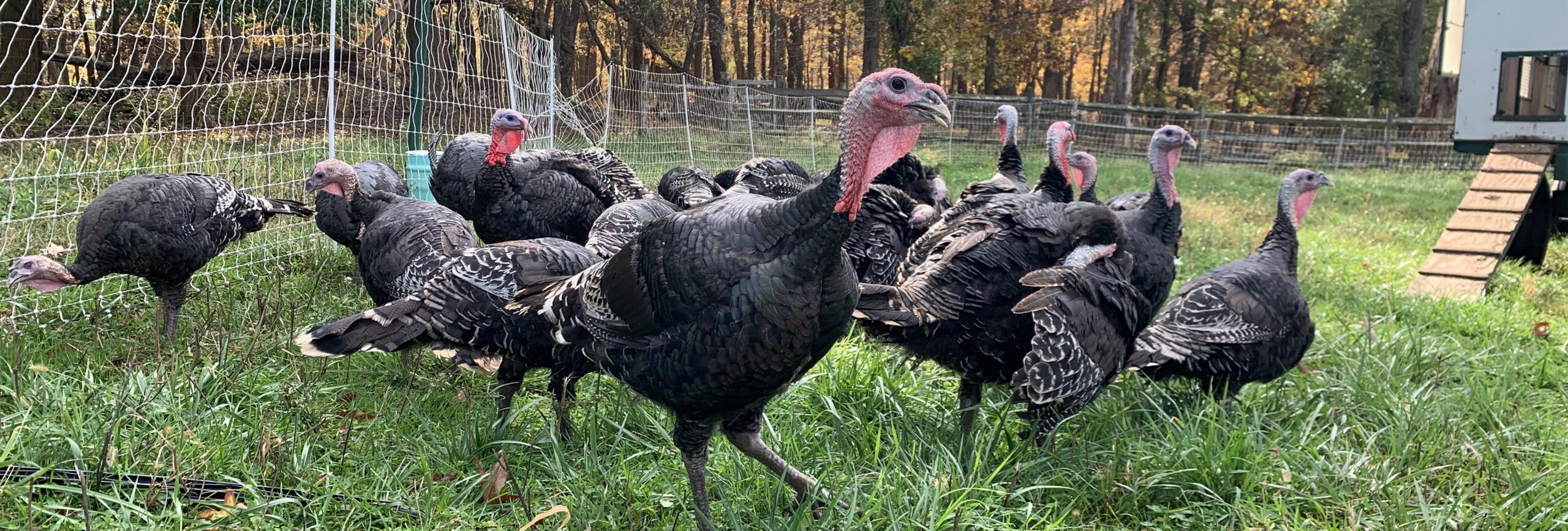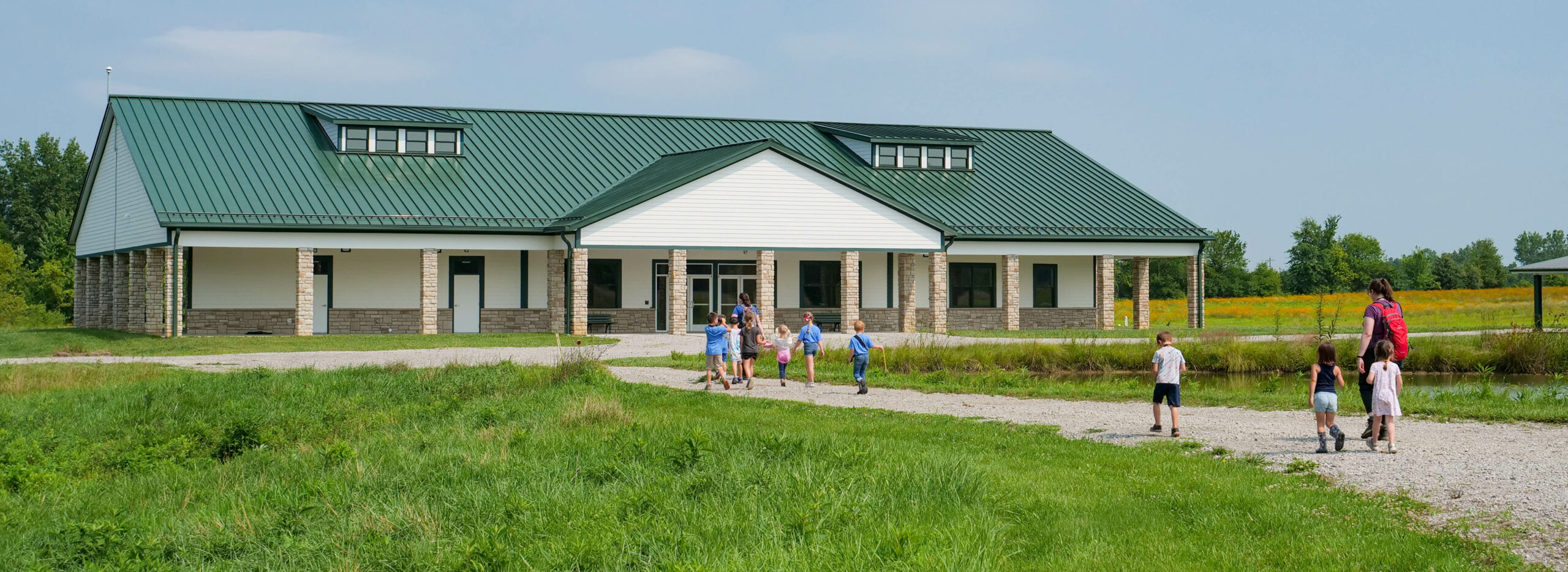
Discover Together – Lewis Township
Closing out 2023: Looking Forward to 2024
It has been a wonderful year for field trips at Greenacres! At our Lewis Township campus, we had the pleasure of serving over 1600 community learners in 2023, with students from Felicity-Franklin, Georgetown, Bethel-Tate, Ripley, Mt. Orab, and Eastern Local. We look forward to seeing many more of you in 2024. We still have space available for this Winter and Spring, click here to register for your free field trip.
If you have an upcoming field trip scheduled, please make sure you plan and book your transportation. As a reminder, for qualifying organizations, we offer a reimbursement program. Your group must meet the following criteria:
- Be one of the following 501(c)(3) types: Public, private, community, or charter school or a recognized child welfare organization.
- Your attending group receives Title I funding or 80% free/reduced lunch.
- Group of children under the age of 18 with accompanying adults.
To learn more and apply for bus reimbursement, please visit this page. If you have any questions, reach out to our education team.

If you haven’t browsed our available programming lately, we encourage you to check it out. You can find a full list at Greenacres Field Trip Programming.
Meet Joe Phelps: Educator and Site Supervisor at Greenacres Lewis Township
Lewis Township has been providing educational opportunities for students in Brown County and the surrounding area for several years. Our site supervisor, Joe Phelps, has been leading the education team at this location for quite some time, helping it become a popular field trip destination among attendees. Joe shared with us more about his background and what he loves about Greenacres Lewis Township.
Q: How long have you been an educator at Greenacres Lewis Township?
A: I have been with Greenacres as an Educator since 2011, and I have been assigned to Lewis Township since 2019. Before I worked at Greenacres, I was a high school science teacher, stay-at-home dad, graduate student, and wildlife biologist. A fun fact about me is that I was a volunteer naturalist here for about a year before a paid position opened up.
Q: What do you love about this campus?
A: I love the diverse habitats here, and I love the remoteness. When out with a school group, I usually only hear nature sounds, not human sounds like trucks and planes. It is a bit wilder than our other sites, so we have seen things like bobcat tracks, ospreys, and canvasback ducks.
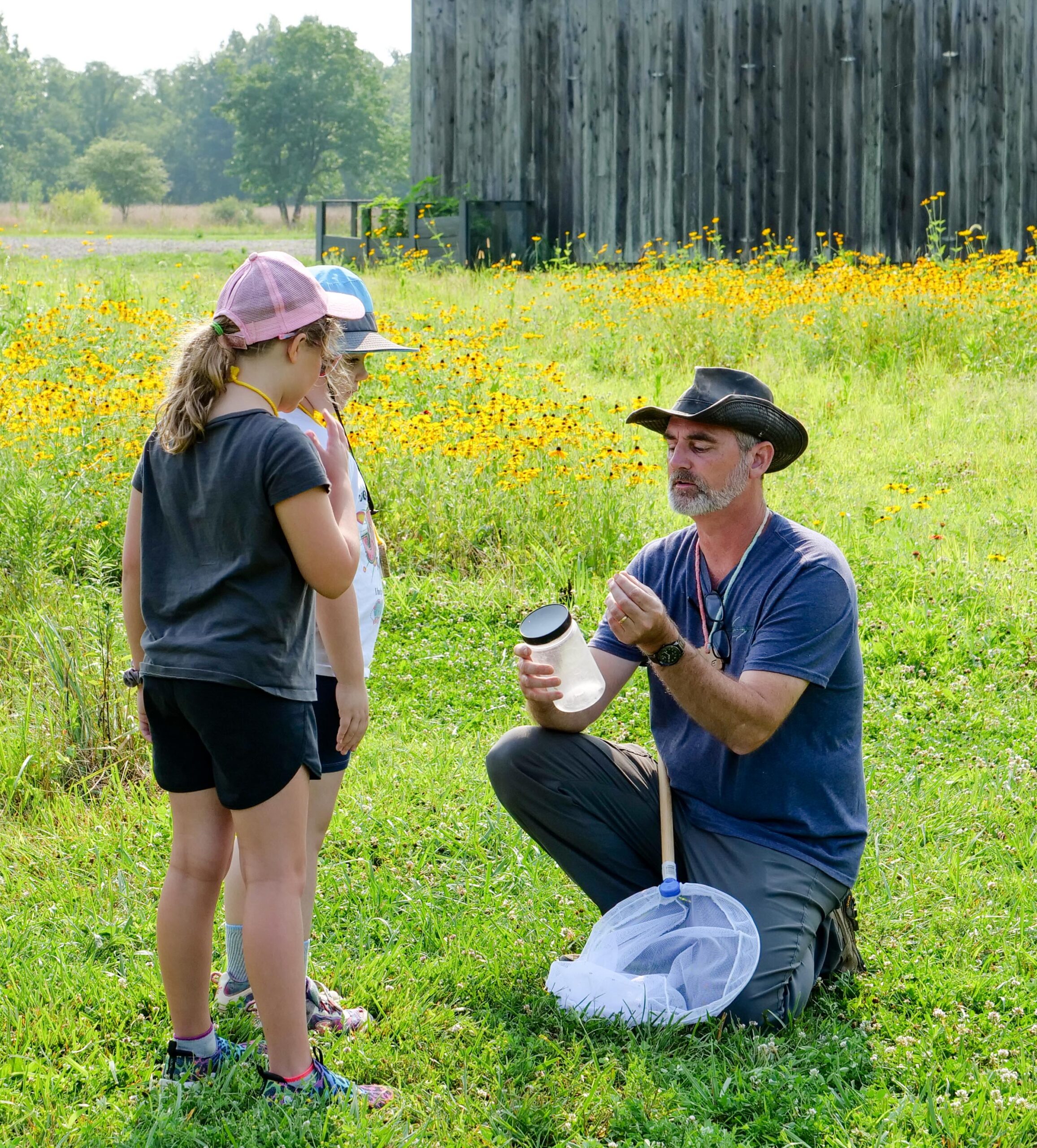
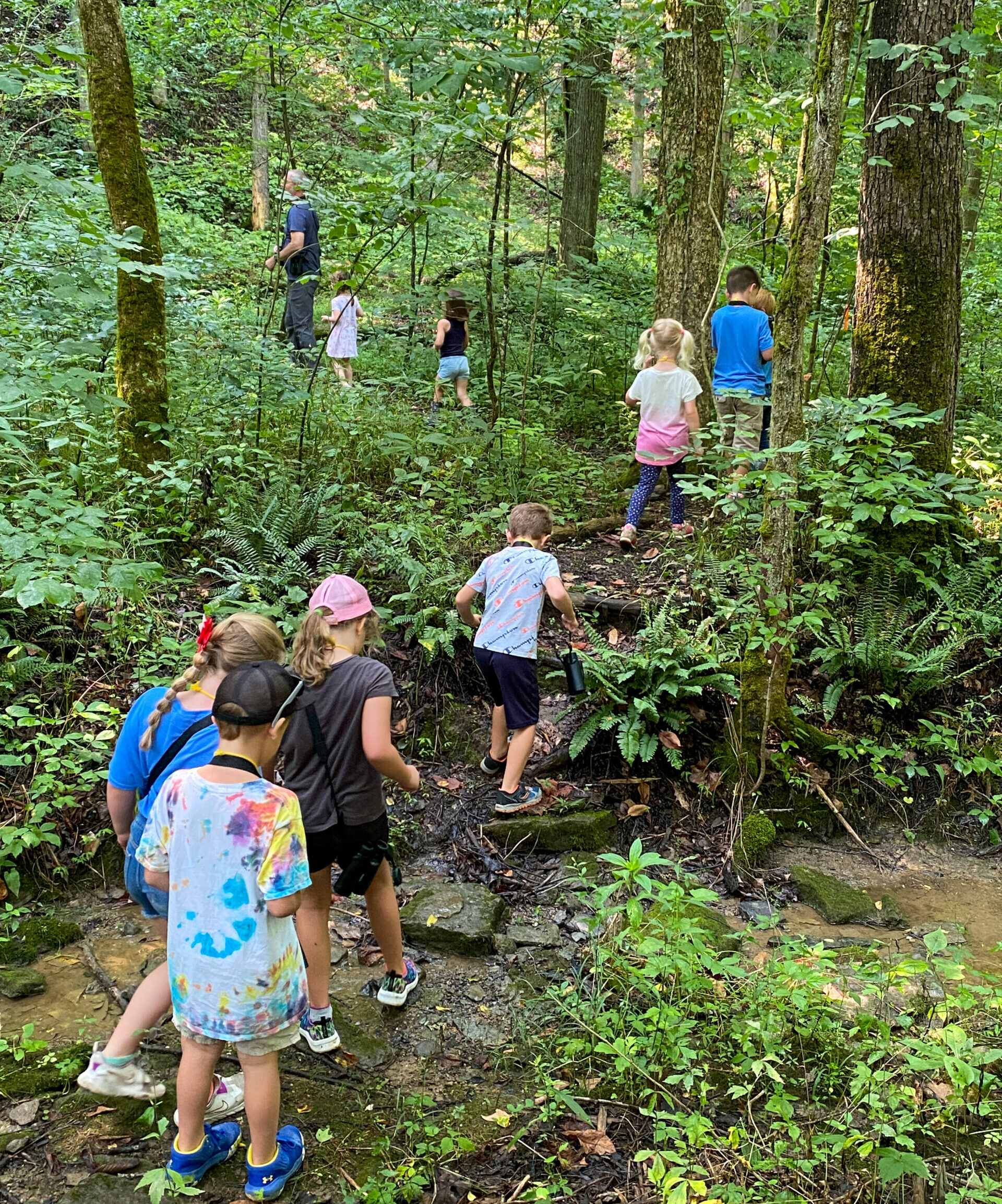
Q: What do you want first-time visitors to know before coming for a field trip?
A: We will get our walking in! Because of the large size of the site, sometimes we will walk pretty far to get to something we want to see, like fossils for example. I also want teachers and students to have their minds open to learning something new, because my team of educators is so knowledgeable!
Q: What are some of your favorite programs that are offered at Lewis Township?
A: Some of my favorite programs are Fossils, because we get to dance, and Ecosystems, because I like the challenge of finding connections among all the living and non-living things we might find. But the best part of my job is that it doesn’t depend on the program. I love spending time with kids, watching their love of nature grow, and helping them learn.
Program Highlights
There are so many unique Greenacres field trips to choose from, and as the seasons change, so does our offering of educational adventures. Here are some of our favorites for the winter and spring.
Grades K-5 – Maple Syrup
- Maple Syrup –Maple sugaring is the tradition of making maple syrup from sap gathered from maple trees in late winter/early spring. Many animals (and people) benefit from using the sap of the maple trees. Plan to visit our sugar bush at Greenacres as you experience with your senses how maple sap is turned into syrup. (January 29 – February 23, 2024)

Grade 3 – Nature Exploration: Wildlife Tracking
- Nature Exploration: Wildlife Tracking – This program engages students in a hands-on exploration of Ohio’s natural areas. We will focus on animal tracks and signs while building observation skills and applying them to learning about our environment. This is an ideal program for a first-time visit to Greenacres or for students to become more comfortable in nature.
Grade 5 – Ecosystems in Nature
- Ecosystems in Nature – Getting food is vital to survival. Students will learn how animals and plants fit into nature’s food web. Come explore Greenacres to find examples of producers, consumers and decomposers.
Grade 6 – Nature Exploration: Journaling
- Nature Exploration: Journaling – This program gives your students the chance to slow down and focus their attention on nature. Students will write, draw, and count or measure what they see around them as they visit different ecosystems at Greenacres. This program can be used to inspire creativity and knowledge of the natural world through drawing, writing poems, or story telling.

